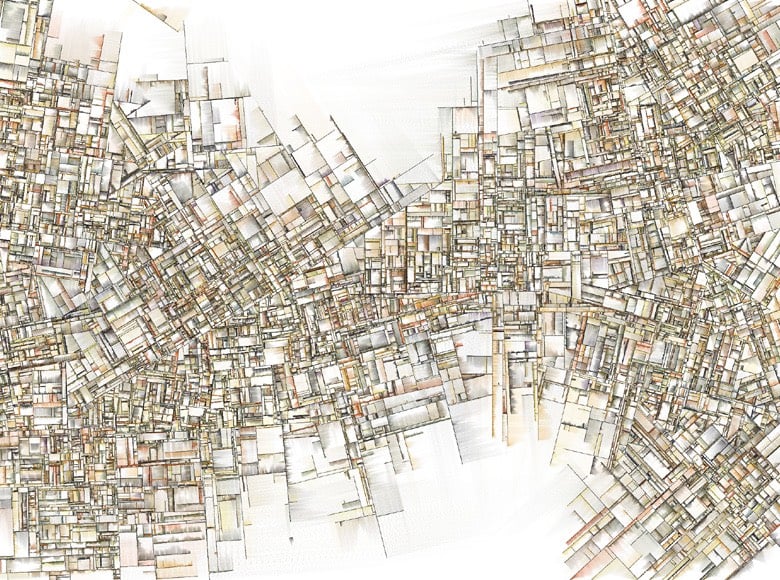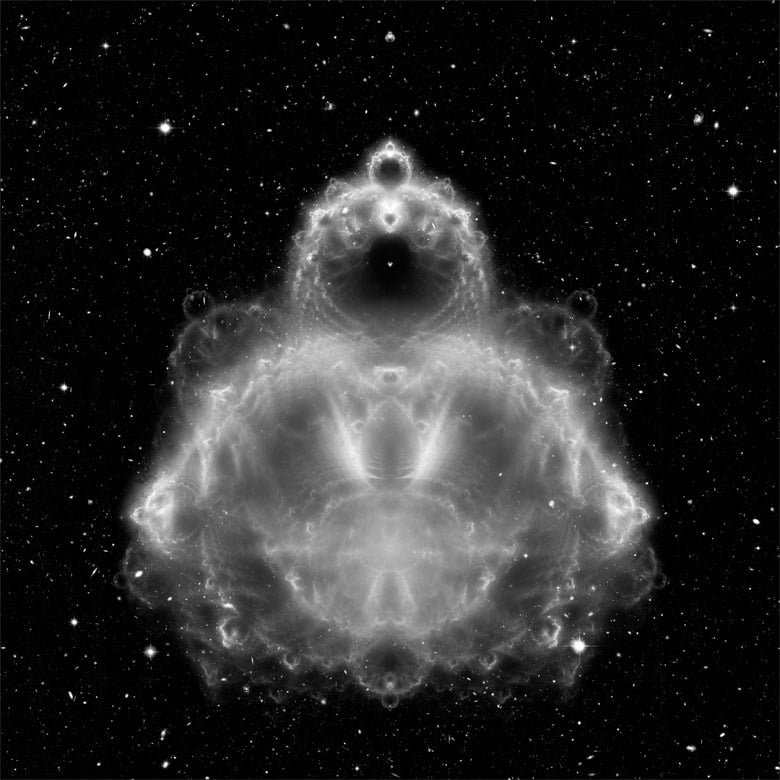An appreciation and brief history of generative art

In his piece Why Love Generative Art?, Jason Bailey takes us on a short journey through the history of using computers to generate artwork, from the influence of Cézanne to the algorithmic art of Sol Lewitt to the women generative artists in the 60s and 70s, to John Maeda to the AI-generated artworks of the present day.
Imagine for a second that you drew the image above yourself using a pen and a piece of paper and it took you one hour to produce. It would then take you ten hours if you wanted to add ten times the number of squares, right? A very cool and important characteristic of generative art is that Georg Nees could have added thousands more boxes, and it would only require a few small changes to the code.
Unlike analog art, where complexity and scale require exponentially more effort and time, computers excel at repeating processes near endlessly without exhaustion. As we will see, the ease with which computers can generate complex images contributes greatly to the aesthetic of generative art.
The image at the top of the post is a piece done by Vera Molnar in 1974. I’m an instant fan…her stuff is fantastic.
The post also praises the work of Jared Tarbell, which I was obsessed with back in the 2000s. Tarbell’s work is still one of my favorite online things ever.



Tarbell still works with generative art but makes real-life objects using digital fabrication techniques.





Stay Connected